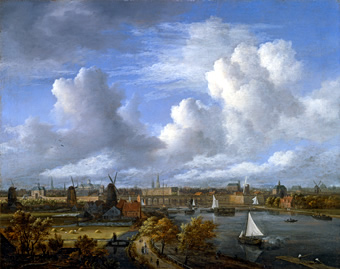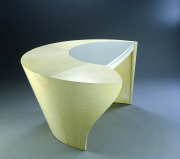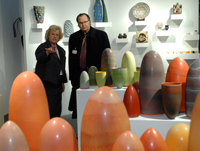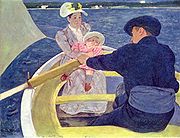Here’s the second installment of works by new Guggenheim Fellows in fine arts, “artists of exceptional promise.”
–Paul Bloodgood is an independent
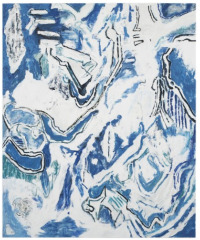 artist in Jackson Heights. Below is Dusk Opening and Closing, 2008, Courtesy of David Zwirner Gallery.
artist in Jackson Heights. Below is Dusk Opening and Closing, 2008, Courtesy of David Zwirner Gallery.
–Inigo Manglano-Ovalle, of Chicago, is a
 professor at the School of Art and Design, University of Illinois, Chicago. His website is here, and at left is Phantom Truck, 2007.
professor at the School of Art and Design, University of Illinois, Chicago. His website is here, and at left is Phantom Truck, 2007.
–
–Stephanie Snider,
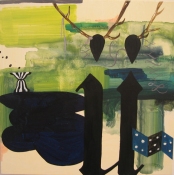 of Brooklyn, is an assistant professor at the Rhode Island School of Design whose website is here. At right is Untitled (landscape with umlaut), 2006.
of Brooklyn, is an assistant professor at the Rhode Island School of Design whose website is here. At right is Untitled (landscape with umlaut), 2006.
[Read more…] about What does it take to win a Guggenheim Fellowship, Part 2

